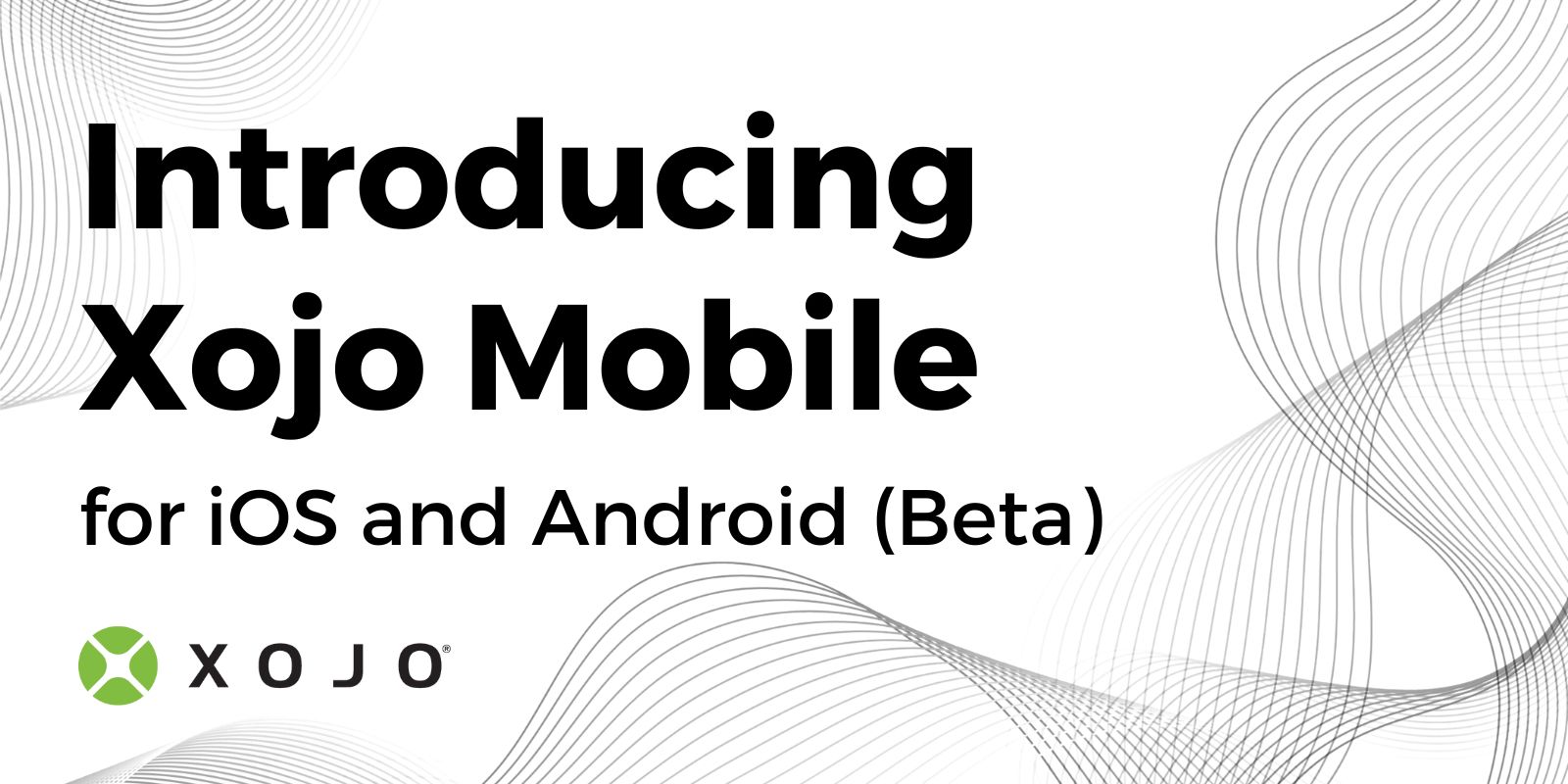Xojo 2024r1 introduces the Barcode class for Windows, macOS and iOS. Now you can create barcodes and QR codes and scan up to twelve other types of codes with your Mac, Windows or iOS cameras. In addition, you can now identify codes from an image provided as a parameter.
Comments closedCategory: iOS
Posts related to iOS development.
Apple is introducing a privacy policy that requires the inclusion of a privacy manifest file in new and updated apps created for iOS, iPadOS, tvOS and VisionOS distributed through the AppStore. Obviously, this impacts the iOS and iPadOS apps created with Xojo that you intend to update or submit and distribute through the Apple AppStore.
Comments closedLast week, I presented the second in a series of Xojo / NetSuite webinars, Using Xojo to Develop NetSuite iOS Apps. You can watch that webinar here. During the webinar, I demonstrated a Xojo-based iOS mobile app that integrates with NetSuite. This blog post is a follow-up to the webinar.
Comments closedStarting with Xojo 2023 Release 4 Xojo improved areas of the MobileMapViewer and MobileLocation classes on iOS. This release includes a new way to add…
Comments closedStarting with Xojo 2023r3 there are two new features in the iOS MobileLocation control: Visits and GeoFencing. Visits allows the operating system to notify an app when a device stays near a given place for some time. GeoFencing can notify an app when the user enters and/or leaves a previously registered region.
Comments closedAt Xojo we continually look to improve our skills and we are happy to be offering opportunities for everyone in the Xojo community to upgrade their skills too. At least once a month we are hosting new webinars. Webinars cover a variety of valuable topics, including getting started with Xojo, developing web apps, iOS development tips and the basics of using our newest platform, Android.
Comments closedNow that Xojo can build apps for Android, let’s help you get started on your first Xojo Android project! Whether you’re already developing mobile apps or new to mobile development, getting started with Xojo is quick and easy. Xojo offers many resources for getting started with Xojo Android.
Comments closedToday’s release of Xojo 2023r2 introduces support for the Android platform! With this release, Xojo iOS licenses are now Xojo Mobile licenses. Any current (not expired) Xojo Mobile license (formerly Xojo iOS licenses) can build for both iOS and Android using Xojo 2023r2. As always, Xojo Pro and Pro Plus licenses include support for all platforms and current Xojo Pro and Pro Plus licenses can build for Android using Xojo 2023r2. The addition of Android support does not change the price of Xojo Mobile, Xojo Pro or Xojo Pro Plus licenses.
Comments closedMany users asked for a way to view and navigate the pages of a PDF document in their iOS projects. Starting with Xojo 2023r2, this is possible with the new MobilePDFViewer control. Continue reading to get tips on how to use this in your iOS projects.
Comments closedDesktopChart, MobileChart, and WebChart have received some new features and improvements based mostly on user feedback. New features include a new Stacked chart type, more customization options for the already supported chart types and improvements to the chart control itself. Continue reading to get the details about all these great new things in Xojo.
Comments closed
